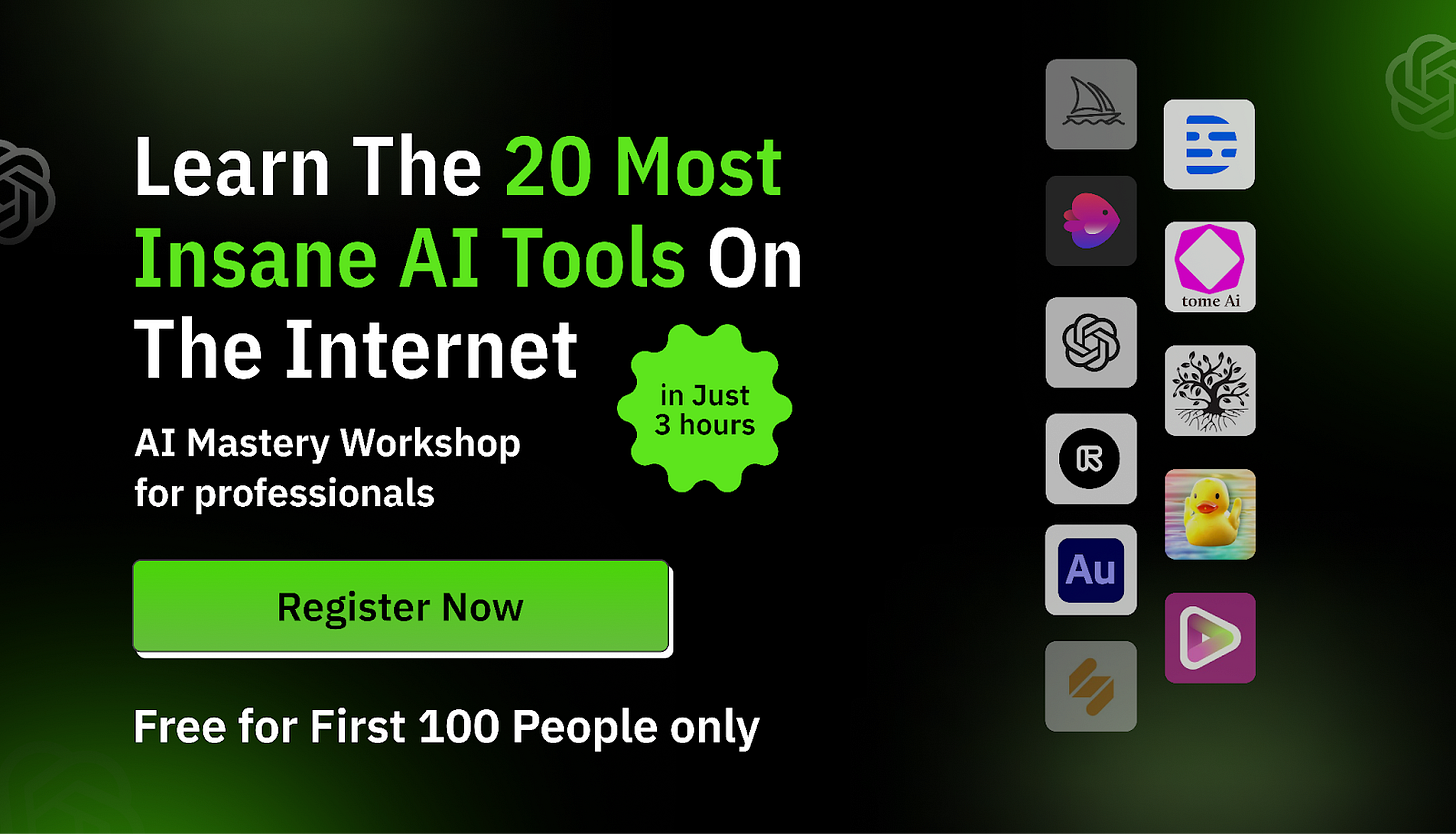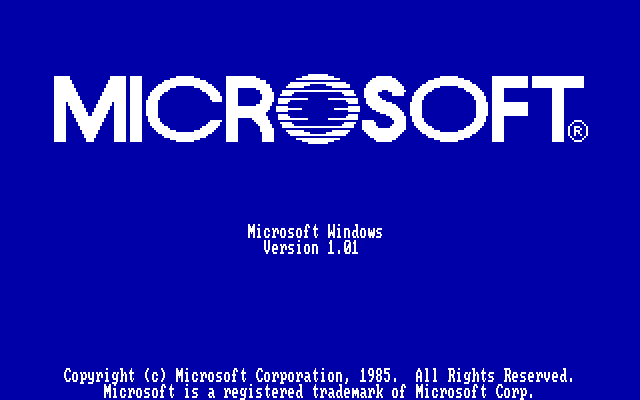Microsoft Turns 50
50 Years of Microsoft: A Journey Through Tech History
This week’s edition is a paid members-only post.
Welcome back to another edition of NEW ECONOMIES, which is rooted in my experiences working in venture. We’re living in extraordinary times—the most exciting era ever for technology, with groundbreaking trends emerging constantly that will redefine how we live and work in the future. Join me on this journey—subscribe to NEW ECONOMIES to stay ahead of the curve in technology. We’re just getting started!
THIS WEEK’S SPONSOR: GROWTH SCHOOL
Tomorrow, Growth School are hosting a free ChatGPT workshop on mastering AI to become 10x more efficient, boost productivity, and future-proof your career. Throughout the workshop, you will learn:
Make smarter decisions based on data in seconds using AI.
Automate daily tasks to increase productivity & creativity.
Improve your business growth by leveraging the power of AI.
Register to learn about the latest tools.
MICROSOFT TURNS 50
Last week, Microsoft turned 50 years old—a huge milestone for the company that has helped define the digital age. What launched as a two-man startup in a small office has grown into one of the world’s most influential tech giants, shaping the way billions of us live, work, and connect. From launching their first products such as Windows to leading the cloud revolution with Azure and redefining workplace productivity, the company has continuously evolved with the times.
Under the leadership of visionaries like Bill Gates, Steve Ballmer, and Satya Nadella, Microsoft has not only adapted but often led global shifts in technology. As it steps into its next chapter, Microsoft’s legacy of innovation, impact, and reinvention continues—powering the future of AI, quantum computing, sustainability, and beyond.
We take a closer look at how the company began, where it is today and where we go from here.
THE EARLY DAYS
The company was founded by childhood friends Bill Gates and Paul Allen in 1975. Inspired by the release of the MITS Altair 8800, an early personal computer, the duo saw an opportunity to write software for the emerging market. Their first product was a version of the BASIC programming language that could run on the Altair.
Operating out of Albuquerque, New Mexico, Microsoft quickly established itself as a key player for computers. Gates and Allen had a clear vision—to have a computer in every home and on every desk within the workplace.
Microsoft’s big break came in 1980, when it signed a deal with IBM to provide an operating system for the company’s first personal computer. Although Microsoft didn't yet have such a system, it acquired an existing OS called 86-DOS, modified it, and licensed it to IBM as MS-DOS. This deal proved pivotal; Microsoft retained the rights to license MS-DOS to other manufacturers, which gave it immense reach as the PC industry exploded.
By the mid-1980s, Microsoft had moved its headquarters to Redmond, Washington, and began laying the groundwork for Windows — a graphical interface that would eventually dominate the desktop computing world.
After the success of MS-DOS, Microsoft continued its rise by launching Windows 1.0 in 1985—a graphical user interface that ran on top of MS-DOS. It wasn’t an immediate hit, but it marked the beginning of Microsoft's strategy to make personal computing more user-friendly and widely adopted.
Over the following few years, Microsoft released improved versions, and with Windows 3.0 in 1990, the company finally achieved widespread adoption. Around the same time, Microsoft also expanded into office productivity software, introducing Microsoft Word, Excel, and eventually bundling them into the Microsoft Office suite—which became a standard for businesses and home users alike.
By the mid-1990s, Microsoft was dominating the software world. The release of Windows 95 was a cultural moment—it introduced the Start menu, taskbar, and plug-and-play hardware support, making PCs more accessible to the average person.
During this time, the company also entered the internet space with Internet Explorer, beginning the famous "browser wars" with Netscape. By the late ’90s, however, its market dominance brought legal trouble: the U.S. government filed an antitrust lawsuit against Microsoft, accusing it of monopolistic practices. Despite this, the company remained a software giant, setting the stage for its next chapters in enterprise, gaming, and eventually cloud computing.
Fast forward to today, the company has 200,000+ employees globally with revenues in the region of $245 billion annually. It’s quite the story!
ICONIC PRODUCTS
Microsoft has been at the forefront of innovation for years, shaping the way we work, play, and connect. From innovating personal computing to leading advancements in cloud services and gaming, the company has launched a series of iconic products over the years that many of us use on a daily basis. Here are some of the most establish products:
Windows OS (1985–present)
The cornerstone of Microsoft’s dominance—especially Windows 95, XP, and Windows 10—shaped the PC revolution.Microsoft Office Suite (1990–present)
Word, Excel, PowerPoint, and more—became the global standard for productivity software.Internet Explorer (1995)
Once the most used web browser, key in the early days of the internet boom.Xbox (2001–present)
This was Microsoft’s entry into gaming starting with Xbox and eventually evolving through Xbox 360, One, and Series X/S.Surface Devices (2012–present)
Microsoft's entry into premium hardware: hybrids like Surface Pro redefined portable computing.Microsoft Teams (2017)
Collaboration and communication tool that became essential during the remote work era. It’s now used by thousands of businesses worldwide.Azure (2010–present)
A major cloud computing platform—Microsoft’s biggest bet in the enterprise and cloud world.Zune (2006)
Not a commercial success, but it’s remembered for being Microsoft’s bold shot at taking on the iPod.Microsoft Edge (2015, revamped in 2020)
A modern browser built on Chromium, replacing Internet Explorer.Visual Studio (1997–present)
A powerful IDE that's been central to software development across platforms.






